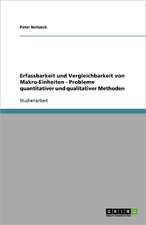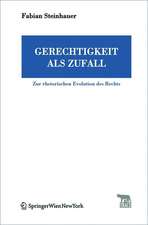After the deluge
Autor Wilko van Zijverdenen Limba Engleză Paperback – 14 feb 2017
Preț: 300.23 lei
Nou
Puncte Express: 450
Preț estimativ în valută:
57.47€ • 62.44$ • 48.30£
57.47€ • 62.44$ • 48.30£
Carte tipărită la comandă
Livrare economică 17-23 aprilie
Preluare comenzi: 021 569.72.76
Specificații
ISBN-13: 9789088904066
ISBN-10: 9088904065
Pagini: 186
Dimensiuni: 210 x 280 x 12 mm
Greutate: 0.53 kg
Editura: Sidestone Press Dissertations
ISBN-10: 9088904065
Pagini: 186
Dimensiuni: 210 x 280 x 12 mm
Greutate: 0.53 kg
Editura: Sidestone Press Dissertations
Notă biografică
Dr. Wilko van Zijverden received his master¿s degree in Quaternary geology (1991). The subject of the Master¿s thesis was a reconstruction of the Late Weichselian landscape of the Bommelerwaard in the central river area of the Netherlands. In august 1997 he received his master¿s degree in ecological archaeology. In august 2011 he was part-time posted at Leiden University for a period of five years in the project ¿Farmers of the Coast¿.






